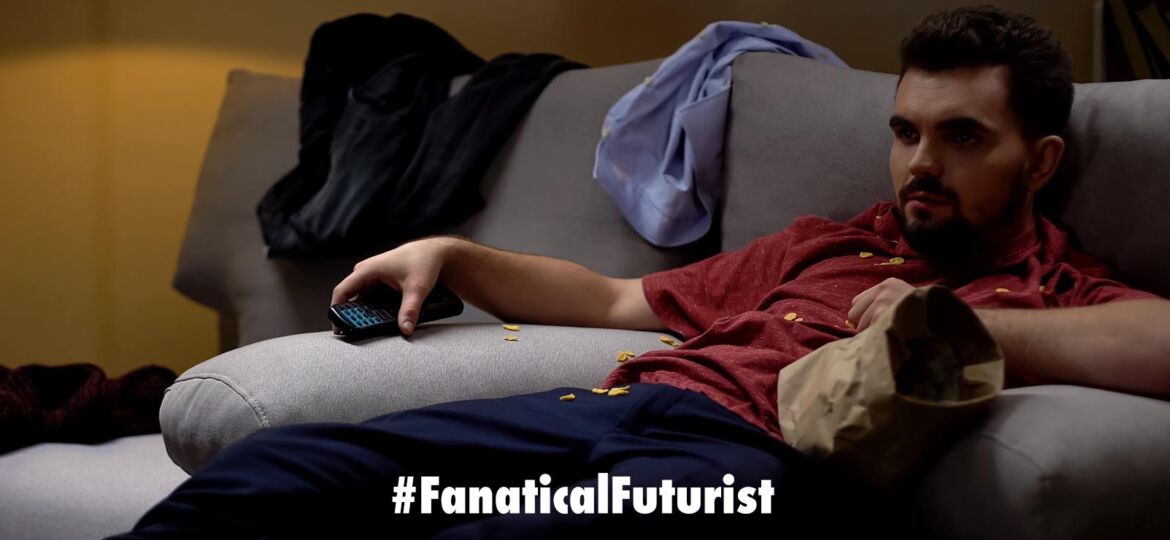
WHY THIS MATTERS IN BRIEF
As AI gets more robust and better at handling everyday tasks Google is setting its sights on your home as their next frontier.
 Love the Exponential Future? Join our XPotential Community, future proof yourself with courses from XPotential University, read about exponential tech and trends, connect, watch a keynote, or browse my blog.
Love the Exponential Future? Join our XPotential Community, future proof yourself with courses from XPotential University, read about exponential tech and trends, connect, watch a keynote, or browse my blog.
Last year Samsung unveiled a prototype home robot that could do your dishes, your laundry, lay the table, and serve you drinks, but today it’s still the exception in the robot world rather than the rule. After all, even though robots are getting more adaptable, even going so far as to merge code, evolve, and even manufacture themselves, the vast majority of them are still manufactured to conduct highly controlled jobs like flipping burgers, packing warehouse boxes, or sorting recycled trash.
A truly life changing robot therefore will be one that can adapt to changing – and sometimes hectic – circumstances, ideally without loosing its cool. And that’s the line of thinking Google is following as it merges its natural language Artificial Intelligence (AI) products with a handy home robot assistant.
Google’s Pathways Language Model (PaLM) is a relatively new 540 billion parameter network built to complete a variety of complex language based tasks. It’s said to be intelligent enough to describe how it solved a math problem and annoy you by explaining your own jokes.
However, rather than focusing on one area of “expertise” and starting fresh every time it learns a new skill, PaLM can “stack” previously-learned knowledge to devise solutions to novel problems, similar to how humans assess new situations. This is important if a robot is meant to help humans in their jobs or day-to-day personal lives.
It just so happens that Google’s parent company, Alphabet, has been working on a new robotics firm called Everyday Robots. As its name suggests, the firm’s goal is to build robots that learn on their own and take care of “time-consuming, everyday tasks.”
Combined with PaLM, Everyday Robots’ SayCan robot becomes the PaLM-SayCan, a bot capable of assessing its own capabilities, its environment, and the task at hand, then breaking that task into smaller sub-tasks to achieve the desired goal.
While most robots are tested within the confines of a lab, the whole point of PaLM-SayCan is to assist with diverse and often unplanned problems and tasks. This inspired the Google and Everyday Robots teams to take PaLM-SayCan into an office kitchen instead. Here, PaLM-SayCan can be asked to fetch a bag of chips from a drawer, pick between Coke and Pepsi, and even help humans tackle the problem of a spilled beverage.
Upon hearing “I spilled my Coke, can you bring me something to clean it up?” PaLM-SayCan planned and executed the steps necessary to find a sponge, pick it up, and bring the sponge to the person who’d spilled the drink, according to a post on GitHub.
A slight alteration to the robot’s instructions successfully changed the outcome: “I spilled my Coke, can you bring me a replacement?” prompted PaLM-SayCan to locate a Coke can and bring it over. Similarly successful outcomes occurred when humans told PaLM-SayCan they’d just completed a workout and wanted a drink and a snack to recover, or that they wanted the robot to clean up some left-behind items on the kitchen counter. PaLM-SayCan could even solve these problems when they were presented in Spanish, French, and Chinese.
What’s both impressive and terrifying about the PaLM-SayCan combination is that once one robot learns a skill, other PaLM-equipped robots can forgo the learning process by having the skill quickly transferred to themselves via the equivalent of a robot Hive Mind.
But, that being said, in this case the process still appears to require human intervention so it’s unlikely that a fleet of PaLM-SayCan bots will learn how to take over the world anytime soon.
















